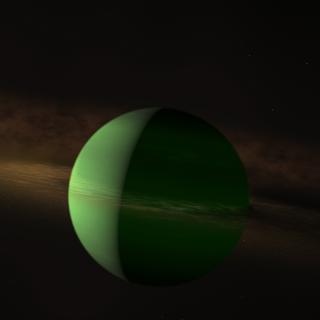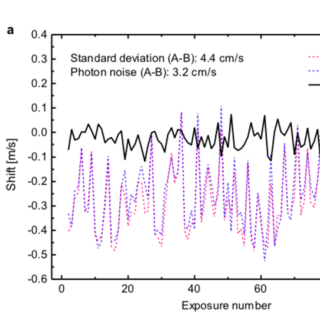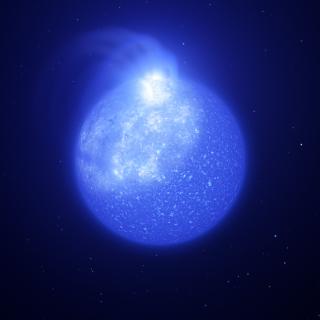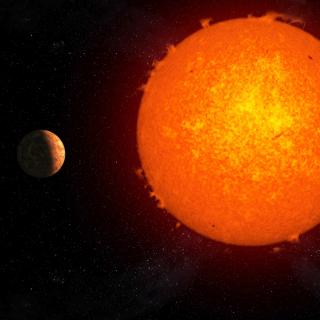
The exoplanets closest to us offer the best opportunities to make a detailed study of their physical properties, including the search for life outside the Solar System. In research led by the University of Göttingen (Germany), in which the Instituto de Astrofísica de Canarias and the University of La Laguna (ULL) are participants, has detected a system of superearths in orbit round the nearby star Gliese 887 (GJ 887), the brightest red dwarf in the sky. The results are published today in the journal Science. Superearths are planets with a larger mass than the Earth, but substancially less
Advertised on




